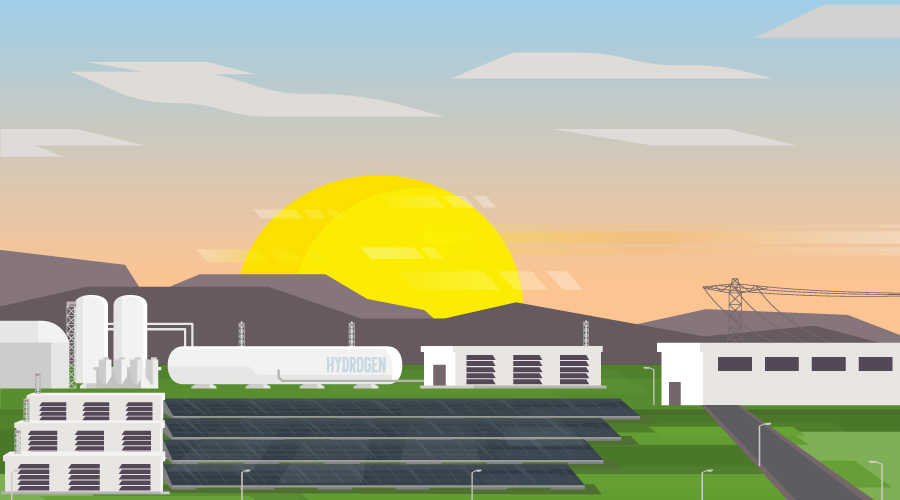A Realistic Look at Renewable Energy Technology
It is difficult to escape discussions of renewable energy. From growing concerns about the environment and rising electricity prices, it is easy to see why renewables — including solar, hydrogen and fuel cells, and geo-exchange systems — are becoming a popular part of the energy mix for institutional and commercial facilities.
But renewable energy can present drawbacks that maintenance and engineering managers must understand and carefully negotiate in order to make renewable energy a practical source of on-site energy production. By understanding the state of renewable-energy offerings and their financial implications, managers can specify the most appropriate option and optimize its performance after installation.
Where We Stand
From 2000 to 2009, electricity prices rose on average 4 percent annually, according to the U.S. Energy Information Administration. In that same period, inflation only rose an average of 2.5 percent annually, according to the U.S. Bureau of Labor Statistics. If energy prices continue to outpace inflation, on-site renewable energy will make more sense as a long-term investment.
Many organizations, particularly those in the public and institutional sectors, already use renewable-energy technologies. Due to falling materials prices and lucrative tax and utility incentives, many private-sector clients are beginning to follow suit.
What is the opportunity for managers? Consider that for an average building, the amount of energy that hits its walls, roofs and windows is seven times greater than the amount of energy it uses in one year. All the energy an average building needs is available to it on site. So just fill up the roof with solar panels, right? Unfortunately, no. Managers first need to understand the potential drawbacks of renewable energy.
Technology Focus
Renewable-energy technology falls into two categories: supply-side and demand-side.
Supply-side technologies replace energy that otherwise would have come from the utility with an on-site source — most commonly, photovoltaics and wind turbines. The U.S. Department of Energy (DOE) and the LEED rating system consider these renewable-energy technologies. The DOE also considers geo-exchange systems, such as ground-source heat pumps, to be supply-side technology for their ability to retrieve energy from the earth.
Fuel cells can produce renewable power with careful consideration of their inputs, and they provide a good way to store intermittent renewable energy sources, such as solar energy or wind. For example, hydrogen produced by the electrolysis of water and driven by solar power or wind is a renewable energy source. Methane from biomass also is renewable.
But that is not the case for natural-gas fuel cells and hydrogen fuel cells, which derive the hydrogen from natural gas. Ironically, methane is the primary component of natural gas, but only methane from biomass is considered renewable.
By comparison, demand-side technologies reduce the amount of energy a facility otherwise would use. For LEED purposes, geo-exchange systems — predominantly ground-source heat pumps — are considered demand-side technology and do not qualify for LEED credits for on-site renewable energy.
But for tax and rebates purposes, the DOE definition usually prevails, and managers can use geo-exchange systems to capture incentives. Demand-limiting renewable technologies often have a shorter payback than those on the supply side because it usually costs less to reduce a building's load than it is to offset its energy or improve performance at the power-generation plant.
Related Topics:













